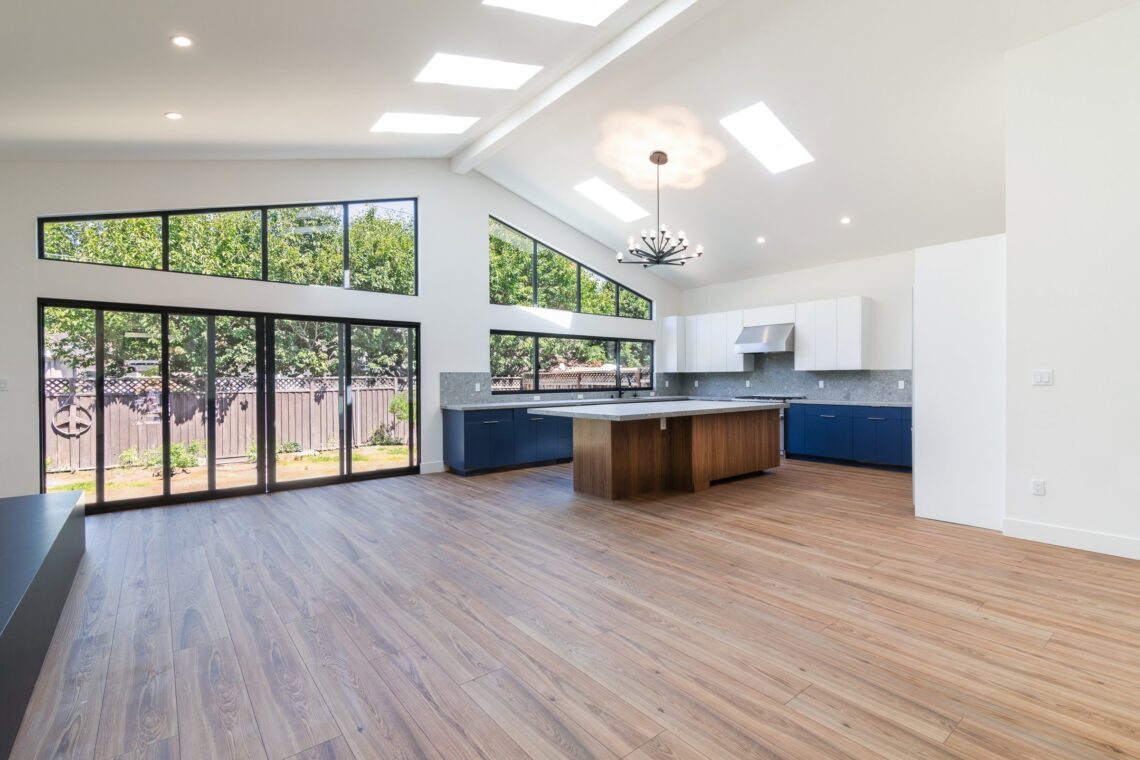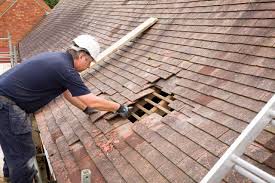Room additions in San Diego can significantly enhance your home’s functionality and value, but achieving the perfect addition requires careful planning and execution. Even with the best intentions, homeowners often make simple mistakes that can lead to costly issues down the line. Understanding and avoiding these common pitfalls will help ensure your Room Additions San Diego project is successful and satisfying. Here’s a detailed look at the mistakes you might be making and how to avoid them.
1. Neglecting Local Building Codes and Permits
One of the most common mistakes in room additions is overlooking local building codes and permit requirements. San Diego has specific regulations that must be adhered to, and failing to comply can result in fines, delays, or even having to redo work.
Common Issues:
- Unapproved Designs: Using plans that don’t meet local codes.
- Missing Permits: Starting construction without obtaining the necessary permits.
- Non-compliance Penalties: Facing legal or financial penalties for not following regulations.
How to Avoid:
- Consult Local Authorities: Check with the San Diego Development Services Department for the latest regulations.
- Hire a Professional: Work with a contractor familiar with local codes and permit processes.
2. Underestimating the Project Budget
Many homeowners underestimate the cost of room additions, leading to budget overruns and financial stress. This mistake often stems from not accounting for all potential expenses or unforeseen issues that arise during construction.
Common Issues:
- Inadequate Budgeting: Not including costs for permits, materials, and labor.
- Unexpected Expenses: Overlooking potential additional costs such as structural changes or site preparation.
How to Avoid:
- Create a Detailed Budget: Include estimates for all aspects of the project, including a contingency fund for unexpected costs.
- Get Multiple Quotes: Obtain estimates from several contractors to get a realistic view of costs.
3. Ignoring the Importance of Design and Planning
Skipping the design and planning phase can lead to a poorly executed room addition that doesn’t meet your needs or blend well with your existing home. Effective design is crucial for maximizing the space and ensuring it aligns with your lifestyle and home’s aesthetics.
Common Issues:
- Poor Layout: Creating a space that is awkward or doesn’t function well.
- Aesthetic Mismatch: An addition that clashes with the existing style of your home.
How to Avoid:
- Work with a Designer: Collaborate with an architect or designer to develop a plan that meets your needs and complements your home’s style.
- Plan Thoroughly: Consider how the new space will be used and how it will fit with the rest of your home.
4. Choosing the Wrong Contractor
Selecting an inexperienced or unreliable contractor can lead to poor workmanship, delays, and budget overruns. It’s essential to choose a contractor who has experience with room additions and a solid reputation in San Diego.
Common Issues:
- Unqualified Contractors: Hiring a contractor without sufficient experience or credentials.
- Lack of Communication: Poor communication leading to misunderstandings and project issues.
How to Avoid:
- Check Qualifications: Verify the contractor’s credentials, experience, and references.
- Communicate Clearly: Establish clear expectations and maintain open lines of communication throughout the project.
5. Overlooking Structural Considerations
Room additions often require significant structural changes to your home, such as reinforcing foundations or adjusting load-bearing walls. Neglecting these structural elements can compromise the safety and stability of your home.
Common Issues:
- Inadequate Support: Not addressing structural needs, leading to potential safety hazards.
- Poor Integration: Failing to properly integrate the new addition with the existing structure.
How to Avoid:
- Consult Structural Experts: Work with structural engineers to ensure that all necessary modifications are made.
- Perform Thorough Inspections: Have the work inspected at various stages to ensure structural integrity.
6. Skipping the Final Inspection
Skipping the final inspection can lead to issues being missed and the room addition not meeting local standards. Inspections are crucial for ensuring that the work is completed to code and that everything is functioning correctly.
Common Issues:
- Unverified Work: Proceeding with occupancy or use before ensuring everything is up to code.
- Hidden Problems: Missing issues that could cause problems in the future.
How to Avoid:
- Schedule Inspections: Arrange for inspections at key stages of the project and before final approval.
- Address Issues Promptly: Resolve any issues identified during inspections before completing the project.
7. Failing to Consider Future Needs
Not planning for future needs can result in a room addition that becomes inadequate or obsolete as your family’s needs change. It’s important to consider how your needs might evolve and design your addition accordingly.
Common Issues:
- Short-Term Focus: Designing a space that only meets current needs without considering future changes.
- Inflexible Design: Creating a space that cannot easily adapt to different uses.
How to Avoid:
- Plan for Flexibility: Design the space with potential future uses in mind, such as adding features that can be easily adapted or expanded.
- Think Long-Term: Consider how your needs might change over time and incorporate elements that will remain functional and useful.
Revive Design & Build: San Diego’s Leading Remodeling Experts
At Revive Design & Build, we bring passion, creativity, and expertise to every remodeling project. Based in San Diego, our team works closely with homeowners to design and build beautiful spaces that enhance the comfort and functionality of their homes. Whether you’re dreaming of a modern kitchen or a luxurious bathroom, we’ll ensure your vision is brought to life with top-quality craftsmanship. To begin your home transformation, visit revivedesignandbuild.com or call us at (858) 650-9636.





